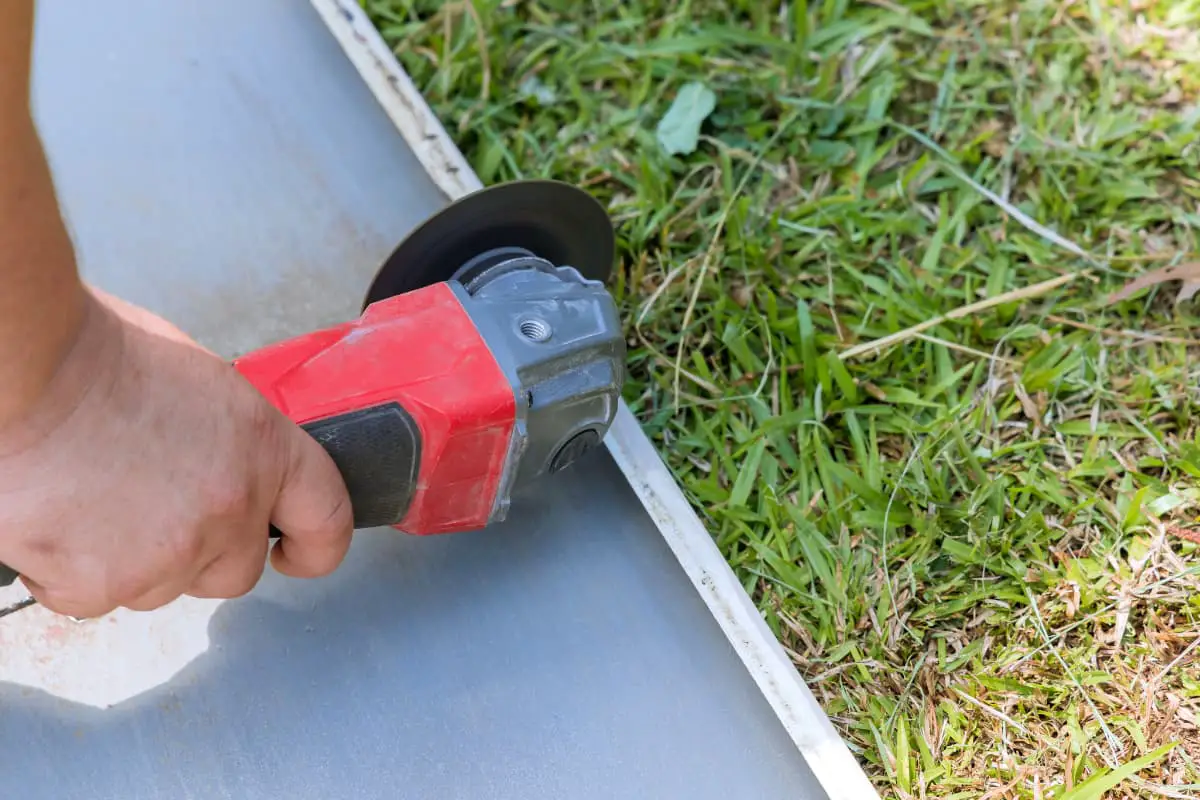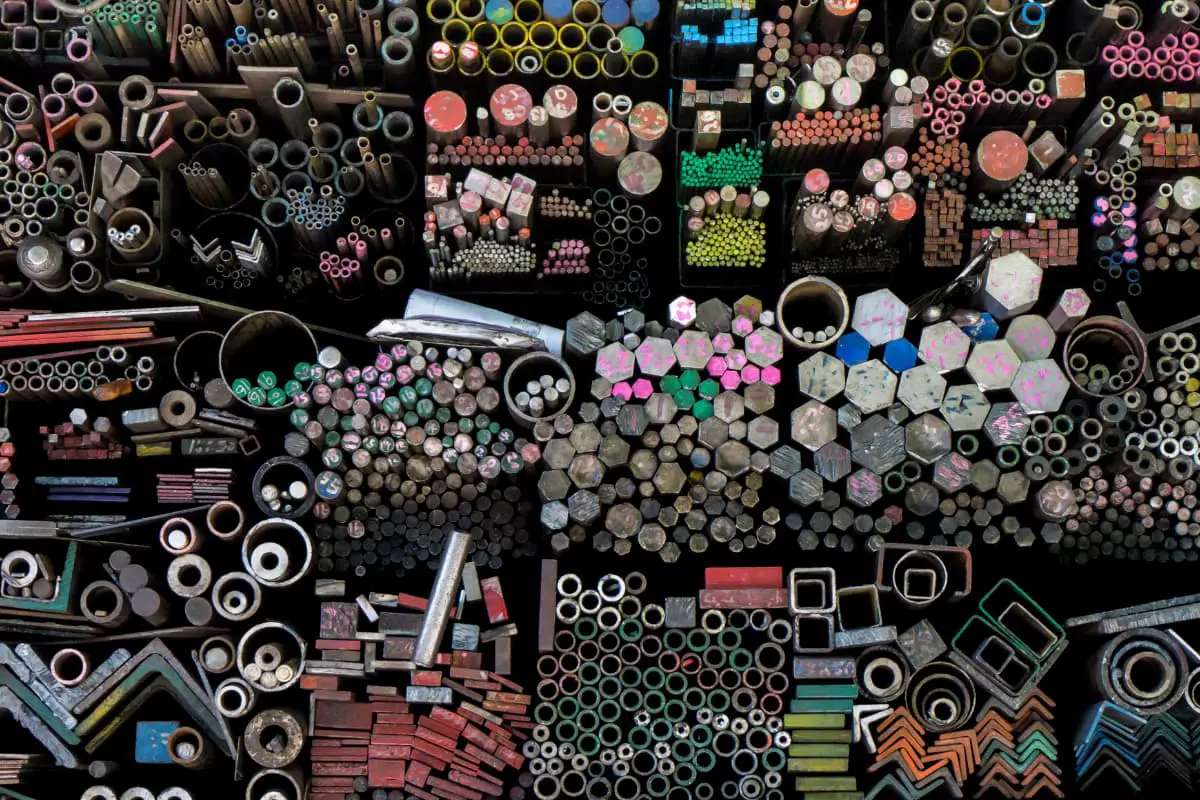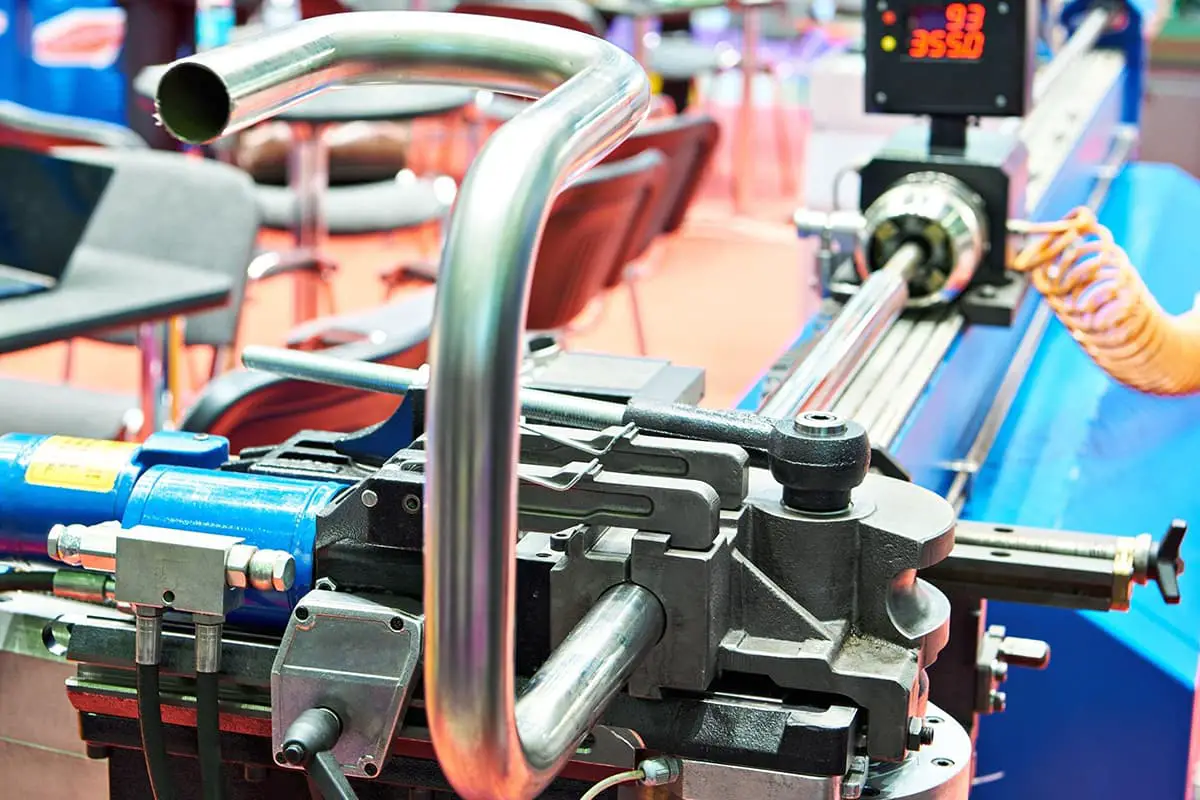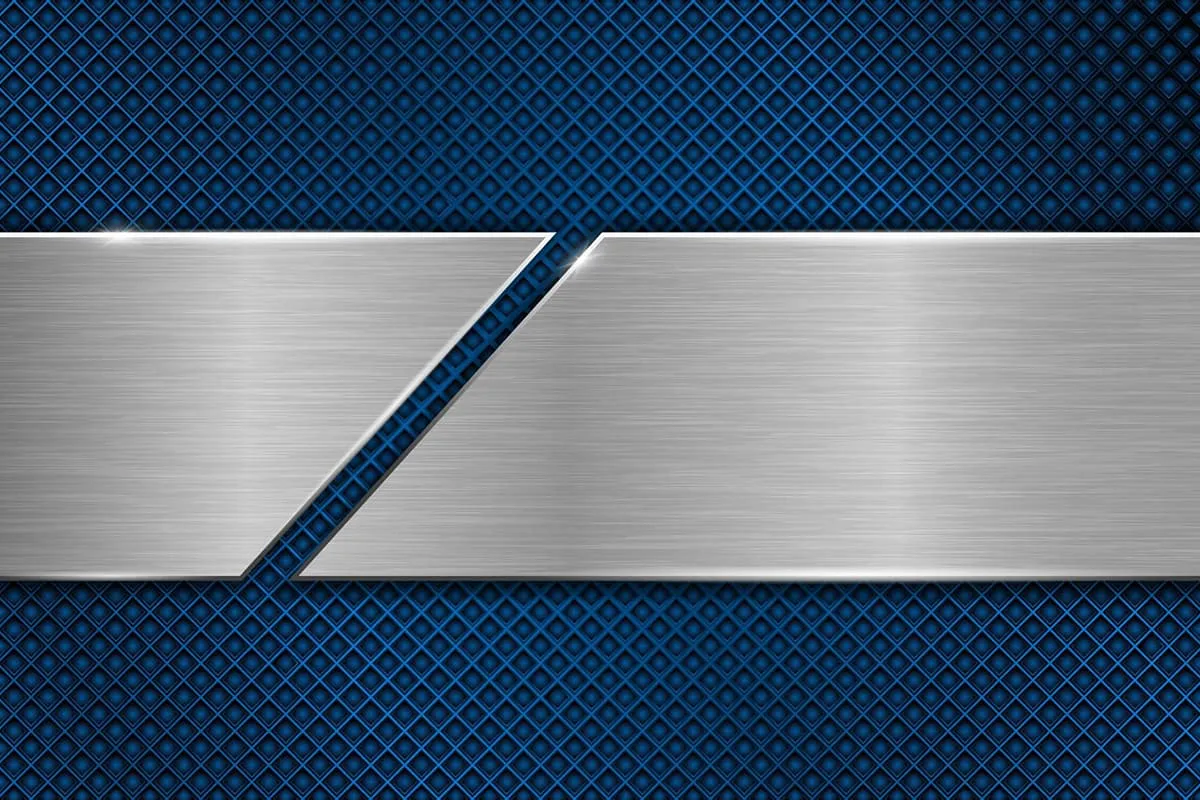
Steel is an integral part of our daily life and production, yet the amount of steel lost worldwide due to rust each year is immense. Hence, protecting steel from corrosion carries significant importance.
What is the principle behind steel rusting?
We can explore this through a small experiment as shown in the figure below: In the first test tube, we add a small amount of calcium chloride (which absorbs water vapor in the air, playing a drying role), and insert a nail, sealing the test tube tightly.
In the second test tube, we insert a nail, submerge it in distilled water that has been boiled and rapidly cooled, and then pour in vegetable oil to form a layer of oil on the water surface.
In the third test tube, we insert a nail and add a small amount of distilled water so that part of the nail is submerged. We observe and record the phenomena in the three test tubes regularly for a week.
From the results of the experiment, we can see that the nails in the first and second test tubes did not rust, but the nail in the third test tube did rust, and a reddish-brown rust appeared on the surface of the nail. This shows that the rusting of iron requires the involvement of water and oxygen.
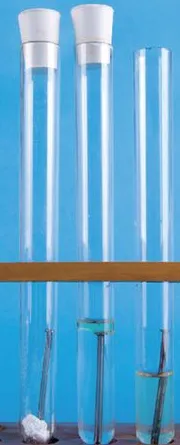
The corrosion process of iron and steel products is a complex chemical reaction. Rust, typically of a reddish-brown color, takes different forms under various conditions. It primarily consists of hydrated iron (III) oxide (Fe2O3·nH2O) and iron (III) hydroxide [Fe(OH)3]. The loose structure of rust on the steel surface fails to prevent the internal iron from exposure to oxygen and water vapor, ultimately leading to complete rusting of the iron.
Do you know how to remove rust from an iron surface?
Common rust removal methods fall into two categories: physical and chemical. Physical methods generally involve abrasive techniques, using sandpaper, grinding wheels, steel wire brushes, and steel wool to remove rust. Chemical methods involve a reaction between an acid and the rust, serving the purpose of rust removal.
In fact, keeping steel products isolated from water and oxygen can prevent rusting. Therefore, the simplest method to avoid rust is to maintain a clean and dry surface on the steel products. Rust prevention can also be achieved by forming a protective layer on the surface, using oil, paint, enamel, or plastic coating.
In daily life, measures such as painting are frequently applied on objects like car bodies and buckets, while machines require a coating of mineral oil.
Moreover, methods such as electroplating or hot-dip coating can be used to apply a layer of rust-resistant metal, like zinc, tin, chromium, or nickel, on the steel surface. These metals create a dense layer of oxide film, preventing the iron from rusting by isolating it from water and air.
Additionally, steel can be alloyed to alter its internal structure, for instance, by adding chromium or nickel into ordinary steel to produce stainless steel, effectively enhancing the rust resistance of the steel products.
Common rust removers in daily life mainly contain hydrochloric acid and dilute sulfuric acid, which can react with iron oxide. The reaction equations are:
Fe2O3+6HCl=2FeCl3+3H2O
Fe2O3+3H2SO4=Fe2(SO4)3+3H2O
Rust removers penetrate the steel surface through cracks in the rust and impurity layers, causing these layers to dissolve and peel off, thus removing rust, impurities, and oxide skin from the steel surface. However, acids have corrosive properties, so protective clothing is necessary during rust removal.
Furthermore, the reaction between acid and iron produces hydrogen, which can explode when exposed to open flames, hence smoking is strictly prohibited during rust removal operations.
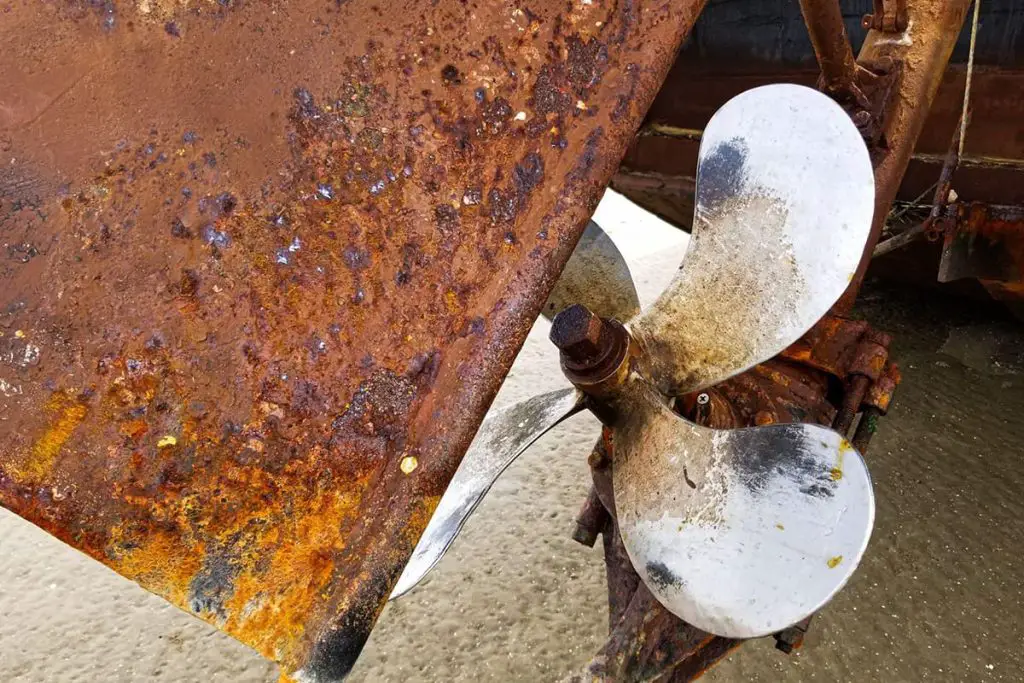
Hydrochloric acid and dilute sulfuric acid can both react with iron oxide, but which is better for industrial rust removal?
The primary considerations are rust removal efficiency, production cost of the acid, transportation and storage of the acid, and safety and environmental protection.
Which is more efficient at rust removal, hydrochloric acid or sulfuric acid? By placing rusty nails in equal volumes and hydrogen ion concentrations of hydrochloric and sulfuric acid, we found that hydrochloric acid is more effective at rust removal. Experiments also show that, all else being equal, the reaction rate of dilute sulfuric acid with metal oxides is slower than that of hydrochloric acid.
So, in terms of production, transportation, and safe use, which has the advantage, hydrochloric acid or sulfuric acid? The industrial preparation of hydrochloric acid involves electrolyzing saturated brine to produce hydrogen and chlorine gases. The gases react to form hydrogen chloride, which is absorbed by water to form hydrochloric acid.
Hydrogen chloride cannot dissolve in water indefinitely, so concentrated hydrochloric acid has a solute mass fraction of about 37% at most. Sulfuric acid, on the other hand, is made by roasting pyrite at high temperatures to produce sulfur dioxide, which reacts with oxygen to form sulfur trioxide. The trioxide is absorbed by concentrated sulfuric acid to form oleum, which is then converted to sulfuric acid by adding water.
Therefore, in terms of raw materials, preparation process, and environmental impact, hydrochloric acid is superior to sulfuric acid. Concentrated hydrochloric acid must be stored in sealed glass bottles or plastic barrels, and transported in specially made steel tanker trucks lined with rubber.
Concentrated sulfuric acid can have a mass fraction of up to 98%, and its storage and transportation can be facilitated using steel or aluminum containers. In this respect, sulfuric acid is stronger than hydrochloric acid.
Hydrochloric acid with a larger solute mass fraction is volatile, and the evaporated hydrogen chloride gas has a strong irritant and corrosive effect on the human body, while hydrochloric acid with a lower solute mass fraction is relatively stable.
Concentrated sulfuric acid needs to be diluted before use. This dilution produces a significant amount of heat, which can easily cause burns. Moreover, the corrosiveness of concentrated sulfuric acid is much stronger than that of concentrated hydrochloric acid. From this, it can be inferred that the use of hydrochloric acid is safer.
Based on the above information, it is apparent that hydrochloric acid offers better rust removal effects, lower costs, and safer usage.
Additionally, we can also make a relatively environmentally friendly rust remover in a chemistry lab. The first step is to put 18g of citric acid, 0.8g of dextrin, 3g of sodium molybdate, 1.1g of phosphoric acid, and 60g of water into a mixing tank and stir evenly at room temperature for 30 minutes.
In the second step, 8g of glycerin is added to the mixed solution and stirred evenly at room temperature for 10 minutes at a stirring speed of 25r/min. In the third step, 0.06g of sodium iodide is added to the mixed solution and stirred evenly at room temperature for 30 minutes at a stirring speed of 25r/min.
Replacing hydrochloric acid and dilute sulfuric acid with citric acid can solve the current problem of rust remover polluting the environment. Glycerin can enhance the adhesion of the rust remover to the metal surface. Moreover, this rust remover not only removes rust but also has anti-rust properties.
While rusting of steel leads to a loss of metallic resources, this process also has its advantages. For instance, iron powder, a key ingredient in oxygen absorbers frequently found in pastry packaging, leverages the principle of rusting to consume oxygen, thereby preventing food spoilage.
Moreover, rusting iron is an exothermic reaction. This phenomenon has been harnessed to produce “heating patches.” The primary components of a heating patch include iron powder, vermiculite, activated carbon, inorganic salts (like table salt), and water. Under natural conditions, the rate of the oxidation reaction in iron is slow.
To accelerate this reaction, fine iron powder with a large surface area is used. The role of activated carbon is to form a primary cell to promote the reaction while its strong adsorption capacity stores water in its loose structure. The inorganic salts work with the activated carbon to form a primary cell and promote the reaction. Vermiculite, an iron-magnesium aluminosilicate mineral, serves as a thermal storage medium.
In a chemistry lab, we can make these heating patches ourselves. By mixing iron powder, activated carbon, table salt, and vermiculite in a mass ratio of 5:2:2:2. This mixture (vermiculite is optional) is poured into a beaker, a few drops of water are added, and it’s thoroughly mixed with a glass rod.
It is then packed into a non-woven fabric bag and sealed within a self-sealing bag (or using a plastic sealer). When needed, it can be taken out for use. It should be noted that the finer the particles of iron powder and activated carbon (ideally 100-mesh for iron powder and 150-mesh for activated carbon), the faster the reaction and the more noticeable the increase in temperature.



